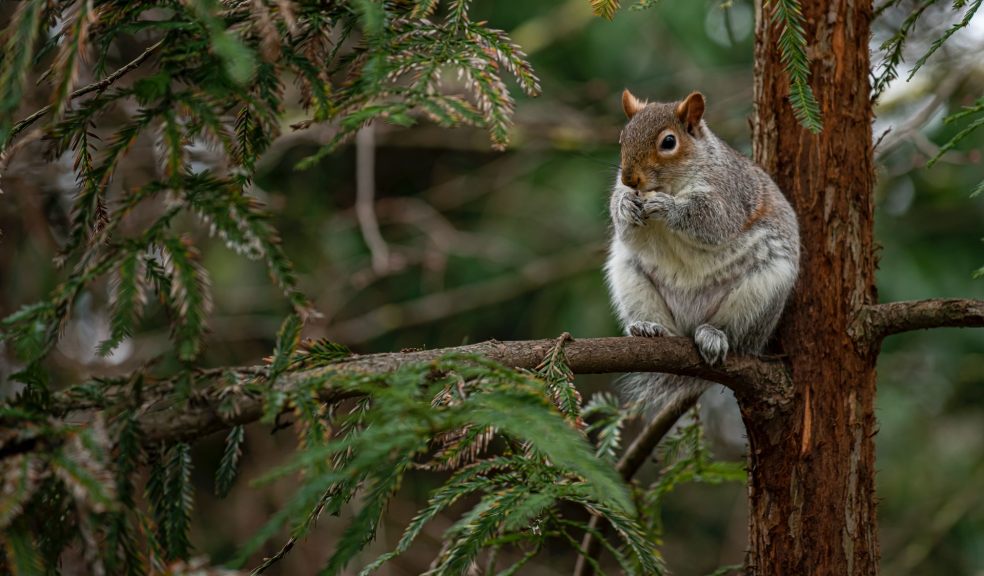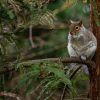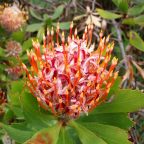
Squirrels and the Damage They Can Do
While many people may be charmed by the video of the cute squirrel stealing the acorn from under the tree, it's important to remember that these adorable little creatures are capable of horrific damage to homes and other property.
A Little Information About Squirrels
There are more than 200 different species of squirrel, and they are found all over the world. If squirrel damage is suspected on a property, it's crucial to contact Animal Control Specialists as soon as possible.
These rodents can range in size from the African Pygmy squirrel at just 5 inches long and weighing just 0.3 of an ounce to the Giant Indian squirrel that can grow to 36 inches long, weighing in at an incredible 4 lbs. Their diet consists mainly of nuts, seeds, and fruit, but they are omnivores and eat small insects and caterpillars along with just about anything else.
The "Flying" Squirrel
The term "Flying Squirrel" is a bit misleading. These rodents cannot fly in the same manner as birds, but they glide between tree branches. These squirrels have a thin membrane of skin that runs from the wrist of their front paws to the ankles on their hind feet that is used kind of like a parachute as they glide.
The Tree Squirrel or Common Squirrel
Unlike their flying cousins, tree squirrels are active during the daytime. As the name implies, they nest and store food in trees and appear to have a rather complex social structure. When tree squirrels are observed chasing one another around the tree's trunk, this is done to communicate dominance over an area, as they are very territorial. These are the most common squirrels found in the United States.
Squirrel Damage Outside the Home
As stated earlier they can cause damage to a structure, depending on the type of squirrel. While ground squirrels seldom venture more than a few feet from the burrow, the burrow site itself can be problematic. Since the tunnels can cover such a great distance underground, if a burrow is dug near a fence or the outer wall of a storage shed, it could cause dangerous structural issues.
Squirrels are notorious for destroying vegetable gardens in their search for food, consuming roughly 10% of their body weight every day. For the average-sized, fully grown squirrel, this adds up to a quarter-pound of food each day. If the garden is attacked by a small colony of three to four, they would require an entire pound of food from your vegetable garden every day.
What Happens When Squirrels Come Inside for the Winter?
Up to this point, we have just dealt with the damage they can cause outside the home, but what can happen when an entire dray decides it's time to come indoors?
In the cool days of fall and winter, an attic can be a very attractive nesting area for a squirrel, and they can be very determined to get inside. The interior of the house provides a warm, safe place to store food for the season. Squirrels are amazing at locating ways to get into an attic, and this usually involves finding a loose shingle or a small hole in the soffit or fascia around the roof.
Perhaps even more problematic is the fact that squirrels in an attic can attract other types of wildlife, like rats or mice. Predatory birds may also pick up on the scent of these rodents and decide to come inside for a quick meal.



















